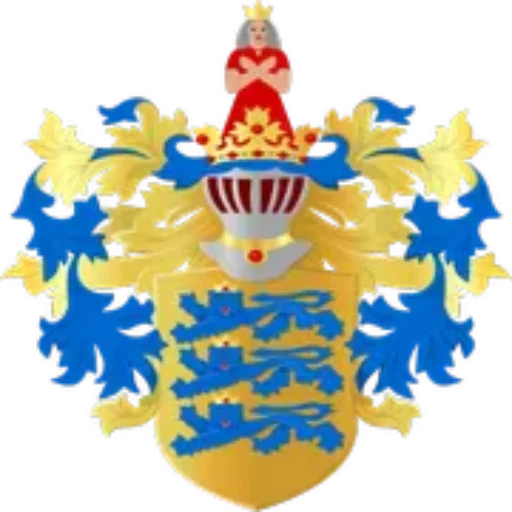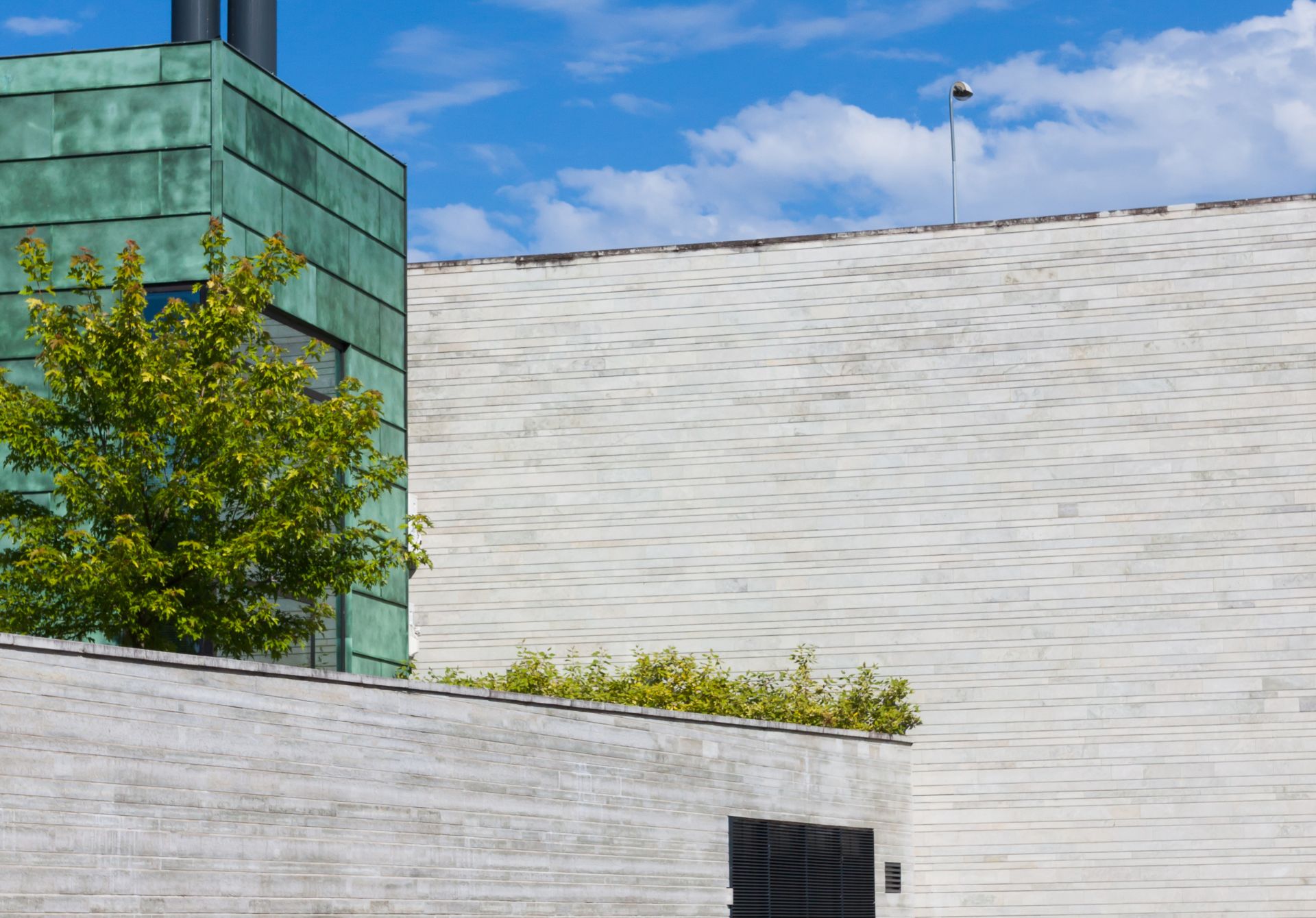The Kumu Art Museum in Tallinn is one of the largest and most impressive art museums in the Baltic region, known for its extensive collection of Estonian art and modern exhibitions. It is part of the Art Museum of Estonia and serves as a central hub for art lovers, historians, and tourists. Opened in 2006, Kumu has quickly established itself as a world-class institution for preserving, displaying, and promoting Estonian cultural heritage.
The Architecture and Design of Kumu Art Museum
One of the striking features of the Kumu Art Museum is its architectural design. The museum building, designed by Finnish architect Pekka Vapaavuori, is a blend of modern aesthetics and functionality. With its clean lines, use of natural materials, and integration into the surrounding landscape, Kumu creates a dialogue between contemporary design and historical context. The structure itself is divided into different sections, with each floor dedicated to a specific time period or theme in Estonian art. Visitors are often struck by the serene, spacious interior, which allows the artworks to shine without distraction.
Permanent Collection: A Journey Through Estonian Art
Kumu’s permanent collection spans centuries, from early Estonian art to contemporary works. The museum is particularly renowned for its exhibition of 20th-century art, which includes pieces from the Soviet era that reflect the political and social upheavals of the time. These works offer a fascinating insight into how artists responded to censorship, propaganda, and the search for national identity under Soviet rule.
Notable artists whose works are part of the collection include Konrad Mägi, who is often hailed as Estonia’s most influential painter, and Kristjan Raud, a key figure in the national romantic movement. The museum also showcases modern Estonian art, featuring bold works from contemporary artists that explore themes such as globalization, environmentalism, and cultural identity.
Special Exhibitions and Programs
In addition to its permanent collection, Kumu is known for hosting temporary exhibitions that explore various aspects of international and local art. These exhibitions often focus on contemporary issues or highlight lesser-known artists from the Baltic region and beyond. For example, past exhibitions have delved into themes like post-Soviet cultural transformations, the role of women in modern art, and the evolution of digital media in creative expression.
Kumu also offers a wide range of educational programs, including art workshops, lectures, and guided tours, making it a vibrant space for learning and engagement. The museum has been praised for its efforts to make art accessible to all audiences, from schoolchildren to seasoned art connoisseurs. These initiatives ensure that Kumu remains not just a museum, but a cultural center that plays an active role in Estonia’s artistic community.
Visitor Experience and Practical Information
A visit to Kumu is designed to be an immersive experience. The museum is located in Kadriorg Park, a scenic area that allows visitors to combine a cultural outing with a leisurely walk through beautiful gardens. The building itself features a café and gift shop, offering locally made souvenirs and art books.
The museum is easily accessible by public transport, and its large, open spaces make it suitable for people with disabilities. Whether you’re a seasoned art enthusiast or a casual visitor, Kumu’s blend of history, culture, and contemporary art makes it a must-visit destination in Tallinn.
Kumu Art Museum is more than just an art gallery—it’s a cultural landmark that embodies Estonia’s complex history and dynamic future. From its innovative architecture to its thought-provoking exhibitions, Kumu offers a comprehensive experience for anyone interested in art and culture. Whether you’re exploring the permanent collection or engaging with a temporary exhibition, Kumu provides valuable insights into the artistic and social fabric of Estonia. A visit to this museum is not only an opportunity to see stunning works of art but also to understand the broader cultural narratives that shape the Baltic region.

